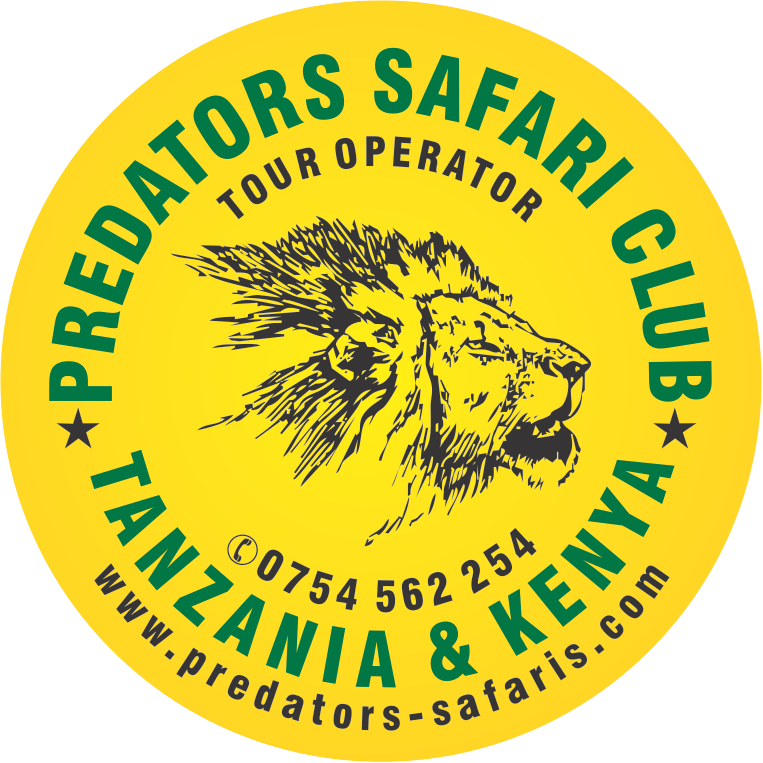TANZANIA

Tanzania is a fascinating country with diverse landscapes – majestic summits, clear lakes and mighty streams, lush rainforest and open savannahs. These often unspoiled areas form unique habitats for a large variety of animals as well as over 1000 bird species. Mt Kilimanjaro (5895m) is the highest mountain in Africa and Mt Meru the fourth highest. The Serengeti National Park with its endless savannah and Ngorongoro Crater (a UNESCO World Heritage Site) both offer unbelievable game viewing while the islands of Pemba and Zanzibar are perfect for relaxing, swimming and diving after a bush safari. Almost as multifaceted as the Tanzanian landscape, are the people and their culture. Over 120 tribes with their own traditional languages and rites live together harmoniously in Tanzania. Tanzania really does have it all.
THINGS TO LOOK FORWARD TO WHEN VISITING TANZANIA:
- The home of the Great Wildebeest migration, the Serengeti! The park is also a great place to see predators.
- Tarangire National Park, famous for its vast herds of elephants and giant baobab trees.
- Lake Manyara forms one edge of the Great Rift Valley. The lake itself is a true birder’s paradise with over 350 bird species.
- Standing at 5,985 meters tall, Mount Kilimanjaro is one of the world's most accessible summits.
- An unforgettable Serengeti Balloon Safari offers a bird’s eye-view of the plains, rivers and animals.
- More than 1,100 bird species to spot in the country.
- Selous Game Reserve, the world’s largest game reserve, boasting Africa’s greatest concentration of hippos, crocodiles and wild dogs.
- The Ngorongoro Crater, a haven for wildlife, including the largest predator population in Africa and one of the last wild refuges for the black rhino.
- Zanzibar has a wide range of accommodation choices and plenty to see, do and discover. It is the perfect place to relax after an exhilarating safari or climbing Mount Kilimanjaro.
NATIONAL PARKS
Tanzania has a broad range of National Parks and Game Reserves. All parks have their unique features regarding flora and fauna, and each of them is worth visiting, whether you want to see the Great Migration in the Serengeti or experience the remoteness of the Southern parks.
